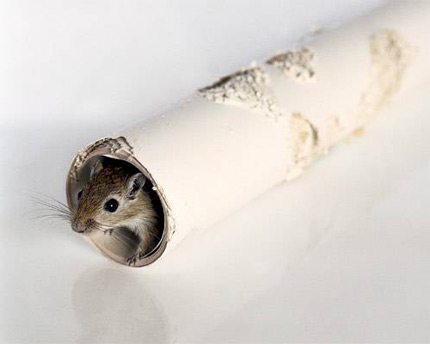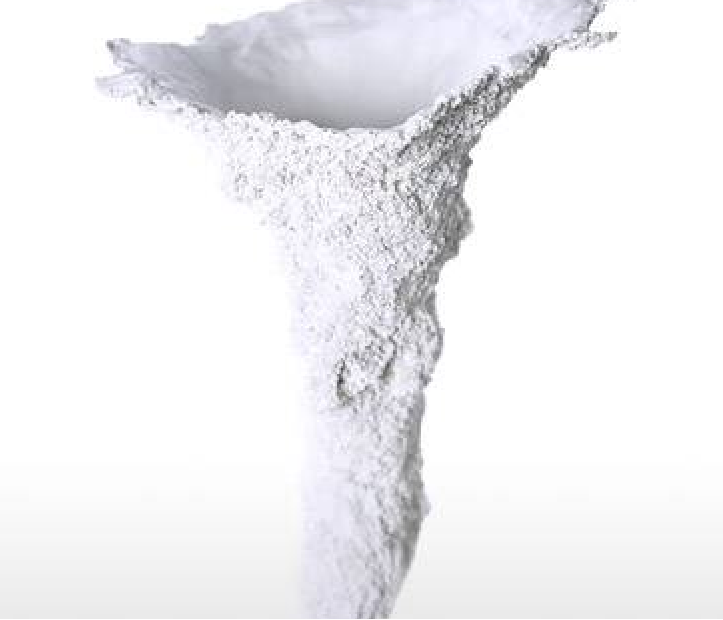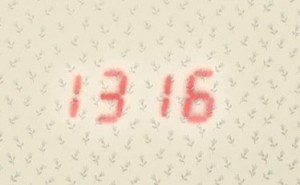If we talk nowadays about Scandinavian design we mostly talk about Ikea. Simple, strong and just to serve its purpose. But there is and should be more to it. There is a younger generation of Designers who are coming to seize the throne and take Scandinavian design into the next jump of design.
The ones who top this list are the new group of four women – Front Design – which seem to be becoming a big hit lately. They are most definitely a new kind of wind in Scandinavian design. http://www.frontdesign.se/portfolio.htm
These four women, Sofia Lagerkvist, Charlotte van der Lancken, Anna Lindgren and Katja Sävaström, all studied industrial design in Stockholm and became known abroad with “design by animals“.
It started out as a question. What if we do not control the way the end product looks like? So they let animals design the works for them. Rats made a pattern on a wallpaper, beetles the pattern of a table and the footprint of a dog was taken to form the base of a vase. This was there first big hit, and already defines what the group has done consistently the proceeding years.
They start with a simple question, ‘what if?‘ or ‘why do?‘, followed by a heavy discussion and brainstorm session. Topped by giving a field of work to everyone. They then start to work extensively on that part of the design leading to works that answer the question, functional or not. So the question and process seems to be the most important in this story, because the function doesn’t really matter any more. But that is not what their design is all about. At least a chair can still be a chair without ever someone sitting on it. A chair is not confirmed by its usage. The end product is, as I see it, still the most important together with the question. They form the base of Front design, because what is a question without a try-out to answer it? Questioning is good, even in design. And I believe we live in a time where questions like “how can we create the most comfortable and functional chair” etc. aren’t relevant any more.
Questioning “design” as a restriction is maybe more interesting just to see how far you can go.
The sentence: “Form follows function” is maybe the biggest joke to apply to this era. Because it isn’t like that anymore, there are bigger questions. Besides we know how to make comfortable chairs. It is maybe time that we start questioning design on its own. Something what has been tried when Dutch design rose to fame. I think a more interesting question is that “Design should follow the question”.
Maybe the problem is still that when people try to question within the area of design that it can look pretentious, that it maybe start to look like art. Because what is a chair if it can’t be used as a chair? A very valid question. True, it is maybe hard to grasp why this is design, when a chair that looks like a windmill. Yet I do think that when done consistently –that simple questioning and answering– you can come up with different designs than those we have today. It will probably open up a lot of new windows. And Front design seems to be very consistent. With questions like: “why can’t we distinguish a VCR from a cd player?” or “can a design be made without ever been materialized?”.
(The wallpaper clock, a design to question why household items look the way they look, it works)
After consistently answering this in their works, as all works it is further to be judged by an audience. Although there is no accounting for tastes, we can very well say that a work is consistent or not and by that succesfull. This by seeing if the work answers the question correctly.
Design is not immediately art when it will try something new.
Charlotte van der Lancken also said that they are very interested in mass production.
This is maybe the most valid argument to say that they do not cross that border between art and design. Art can’t be produced in mass production because it is an expression or an intuitive work. Although Mass production can be used as a tool in art to reach new dimensions like the pop art works of Roy Lichtenstein and Andy Warhol.
When mass production is only used to have a lots of the same and without using it to reach another dimension(read: a comment on mass production), it’ll sooner become design again than art. This mass production to reach a new dimension is not what Front design tries, quite the opposite actually. Also Answering is very theoretical and even mass production as an intuitive or expressionistic performing will never become theoretical. That is why Front design is still a Design group which just opens a lot of new windows for design. It can be judged of course, but they are consistent and clear in what they do.
And who will hopefully lead world design in a new era of making their works.




